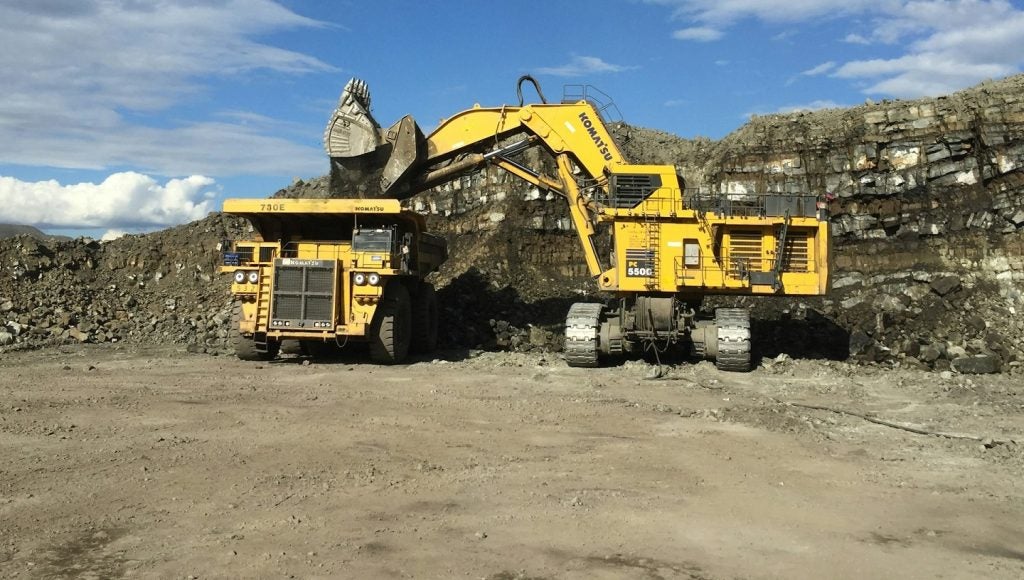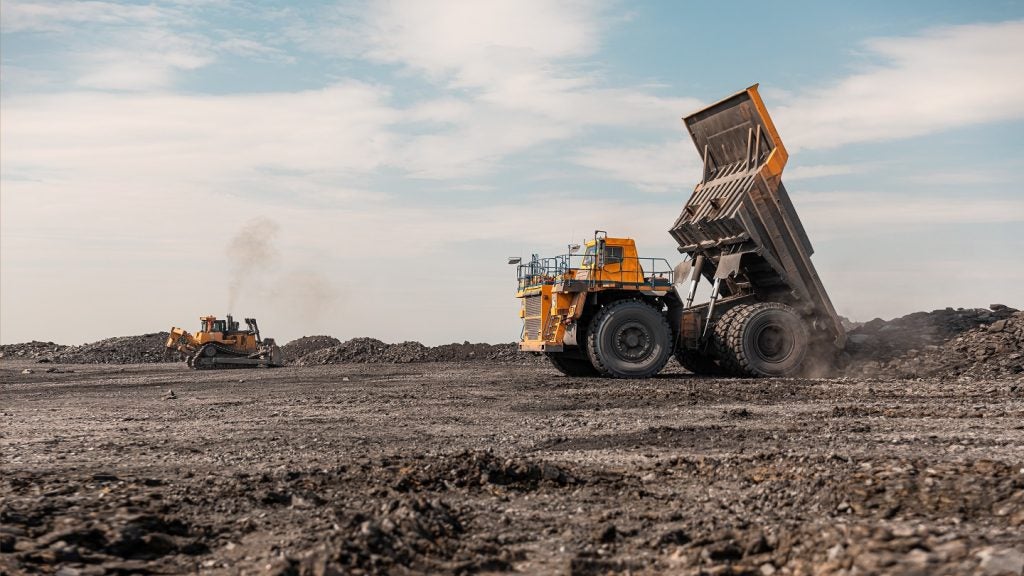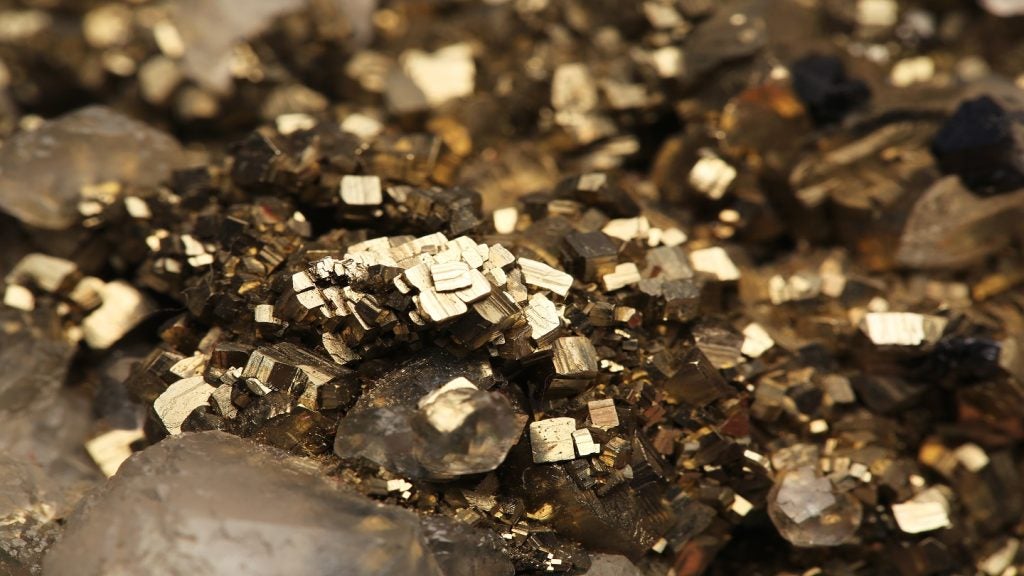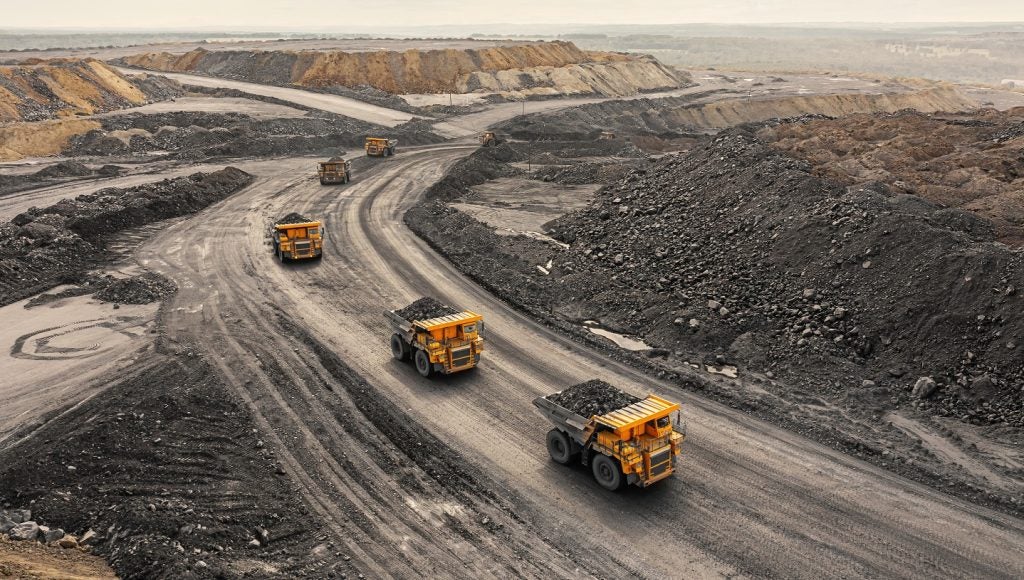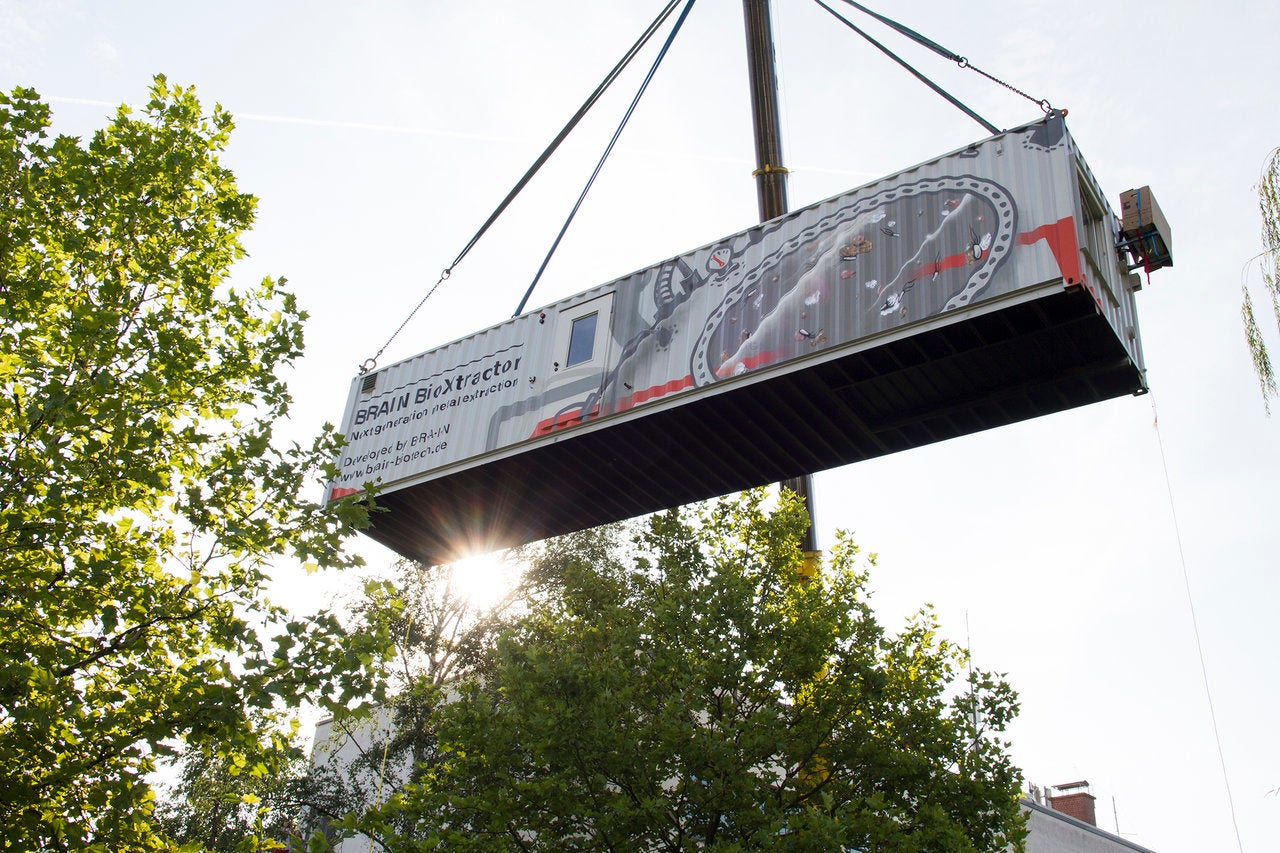
As ore grades around the world continue to decline, companies are increasingly looking to ensure that they make the most of the resources available. This includes looking to technologies like bioleaching, where microbes are used to extract minerals, in order to maximise reserves.
Industrial biotechnology group BRAIN, is utilising this process of bioleaching to process precious metals, including gold, silver, platinum or palladium. It has isolated specific organisms that can efficiently, and economically, process waste streams, including tailings, ashes from industrial processes and scraped electronics.
To accomplish the task BRAIN has developed the BioXtractor, a modular bioleaching unit that it believes offers a flexible option for companies interested in getting all of the precious metals out of waste streams. So how does it work?
The BioXtractor: a modular approach
BRAIN is not the first company to develop and take advantage of bioleaching, but it has built on previous methods, which predominantly focused on copper ore. Such techniques have been used by miners for more than 2,000 years, with Greeks and Romans using biotechnological processes to extract copper from mine water.
Within the last 50 years, research has shown that bacteria is responsible for enrichment of metals in water. As such, it has been possible to develop bioleaching by identifying and learning from the microorganisms operating in ore deposits and mines.
In order to focus on precious metals, which offer some of the biggest economic prospects, BRAIN has been building up a BioArchive that allows it to target different metals and minerals.
How well do you really know your competitors?
Access the most comprehensive Company Profiles on the market, powered by GlobalData. Save hours of research. Gain competitive edge.

Thank you!
Your download email will arrive shortly
Not ready to buy yet? Download a free sample
We are confident about the unique quality of our Company Profiles. However, we want you to make the most beneficial decision for your business, so we offer a free sample that you can download by submitting the below form
By GlobalData“This is something that we’ve been working on since the beginning of the company, so for like 25 years now,” says BRAIN GreenMining program manager Esther Gabor. “What we did in the past, and what we still do in our ongoing work is that we carry out bioprospecting campaigns, so we go in natural habitats, take samples, isolate the microorganisms, we characterise them to a certain extent and then we store them in our collection. Up to now we have more than 50,000 different strains in our freezers.”
Using this microbial knowledge the company has been able to develop the BioXtractor, which is currently undergoing pilot projects. The BioXtractor offers a modular and flexible option for industrial companies predominantly, wishing to extract precious metals from ashes and other waste streams.
“We have a 14ft container that is equipped with bioreactors, two 300m bioreactors that can be used for bioleaching,” says Gabor. “After the extraction the metals are in a solution, so we also have the equipment to make liquid/solid separation. We separate all the extracted materials and the bacteria that we use for extraction from the supernatant, which is the liquid waste that contains the dissolved metals.
“In a second step we recover the dissolved metals from the liquid by using bacteria again; these bacteria specifically absorb certain metals, like ion exchange. Afterwards, we have concentrated all the metals on the biomass and the biomass can be incinerated to release the metals, leaving us with our product.”
One processed, the waste remains largely unchanged and can be further processed or disposed of as normal. But now, there is also ore which can be utilised.
Urban mining and the circular economy
Bioleaching has applications beyond the mine site, including urban mining, which BRAIN is particularly keen to focus on. Urban mining involves processing waste streams, such as e-scrap, and extracting valuable metals from them.
The amount of e-waste is a growing problem around the world, as countries and companies struggle to cope with the 40 million tons of electronic trash created annually. This includes huge amounts of metals that are often lost as the waste is disposed of. A tonne of computer circuit boards for example could contain up to 250g of gold and a kilogram of silver.
At the same time, decreasing ore grades are sparking fears that a shortage of critical metals is on the horizon. However, if e-waste was processed within the BioXtractor it could help mitigate the problem by providing alternative supplies. The production of 40 mobile phones requires around a gram of gold, but to extract this amount of gold a tonne of gold ore needs to be mined.
“We focus on waste streams that to date are not recycled, they just go to landfill, they are stored somewhere and nobody uses them anymore, because it’s very labour and capital intensive to treat those wastes,” says Gabor. “We have developed a technology that can be used quite safely and also economically to recover the metals from those waste streams, and bring them back into the circle, and reduce waste in this waste.”
Bioleaching such as BRAIN’s technology could form an important part of a circular economy, ensuring metals are used repeatedly, minimising the amount of waste creating and the demand for mined resources.
The company has also been involved in a number of research projects investigating the potential for bioleaching in other industries and for other metals. This included an international research group that looked at the possibility of extracting copper from shale gas. It was a success, with the team demonstrating that they could recover up to 97% of the dissolved copper.
“This successful research project underscores the increasing significance of Green Mining and Urban Mining, both of which are areas in which we conduct intense research,” said Guido Meurer, member of the management board and unit head producer strain development at BRAIN. “We focus on the low-impact and efficient extraction and recovery of precious metals, such as gold, silver and other technology metals, from ores and waste streams. Source materials include electronic scrap, incineration bottom ashes and metallurgical slags.”



